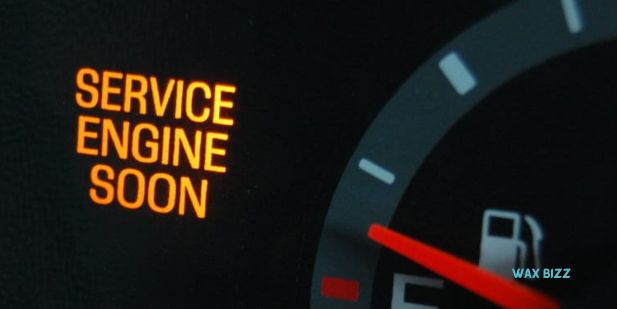The Service Engine Soon (SES) Light is more than just an ominous glow on your car’s dashboard; it’s a signal from your vehicle’s internal diagnostics system that something requires attention. Understanding what this light signifies is crucial for any vehicle owner. Often misunderstood, the SES light can indicate various issues, from minor concerns to potentially serious malfunctions. In this article, we’ll delve into what the Service Engine Soon Light means, the common causes behind its illumination, and essential steps to take when it lights up on your dashboard. Let’s unravel the mystery behind the SES light and equip you with the knowledge to navigate it confidently.
Decoding the Meaning Behind the SES Light
The Service Engine Soon (SES) Light, often confused with the Check Engine Light, serves as a pre-emptive warning. While both lights relate to the vehicle’s emission system, the SES light usually illuminates to alert the driver to less critical issues that, if addressed promptly, can prevent more severe damage. It’s triggered by the car’s onboard diagnostic system (OBD-II) when it detects irregularities within the engine or emissions system. The SES light can indicate various problems. A malfunctioning loose gas cap or oxygen sensor can cause a problem. They are making it imperative to investigate its cause.
Common Triggers for the SES Light to Illuminate
Several factors can cause the Service Engine Soon Light to come on. Common triggers include a loose or missing gas cap, which can allow fuel vapors to escape, affecting the vehicle’s emissions system. Another frequent cause is a faulty oxygen sensor; the result is a decrease in fuel efficiency and an increase in emissions. Spark plugs or wires needing replacement can also prompt the light, as can a malfunctioning catalytic converter, which reduces the vehicle’s ability to convert harmful emissions into less damaging gases.
The Impact of Ignoring the Service Engine Soon Light
Ignoring the SES Light can have severe consequences for your vehicle. It may seem minor, but failure to address the issues it signals can lead to more significant, costly repairs. For instance, a simple problem such as a loose gas cap could reduce fuel efficiency and increase emissions if left unattended. More critically, ignoring the light could mean overlooking a failing component, such as an oxygen sensor or catalytic converter, which can significantly impair your vehicle’s performance and lead to engine failure.
First Steps to Take When the SES Light Appears
When the Service Engine Soon Light illuminates, the initial step should be to check the most straightforward potential cause: the gas cap. Ensure it’s adequately tightened, as a loose cap can trigger the light. If this doesn’t resolve the issue, observe your vehicle’s performance for any noticeable changes. It’s advisable to consult the vehicle’s manual for specific recommendations related to the SES light. If you have trouble codes on your vehicle’s computer, do not overload the engine, and consider using a diagnostic scanner.
Professional vs. DIY: Handling SES Light Issues
When the Service Engine Soon Light comes on, the choice between seeking professional help and attempting a DIY fix depends mainly on the problem’s complexity and your comfort level with car maintenance. Simple issues, like tightening a loose gas cap, are straightforward DIY tasks. However, interpreting diagnostic codes and handling more intricate repairs, such as replacing an oxygen sensor or catalytic converter, typically require specialized tools and knowledge.
Preventative Measures to Avoid Future SES Light Alerts
To minimize the risk of future Service Engine Soon Light alerts, regularly scheduled maintenance is key. This includes timely oil changes, air filter replacements, and fuel system cleaning.
It’s important to heed the following advice:
- Monitor Your Dashboard: Keep an eye out for any warning lights that activate on your dashboard. The earlier issues are detected, the more likely they will be resolved.
- Make sure your tires are properly inflated: Incorrect tire pressure can affect your car’s fuel efficiency and may lead to premature wear.
- Use Quality Replacement Parts: When parts need replacing, opt for high-quality options that may last longer and perform better.
- Follow Your Vehicle’s Service Manual: Follow the manufacturer’s recommended service schedule to ensure all critical components are checked and serviced when needed.
- Seek Professional Help: If you need clarification on a potential issue or how to perform maintenance, consult a certified mechanic.
These steps will help keep your vehicle in good condition and prevent unexpected SES light alerts.
Wrapping Up
In conclusion, the Service Engine Soon Light should be addressed. It acts as an early warning system, indicating that your vehicle may need attention to prevent further damage. You can maintain your car’s health and performance by understanding common triggers and knowing the initial steps to take when it illuminates. The choice is yours between professional services and DIY; promptly addressing SES light alerts can save you from costly repairs.
